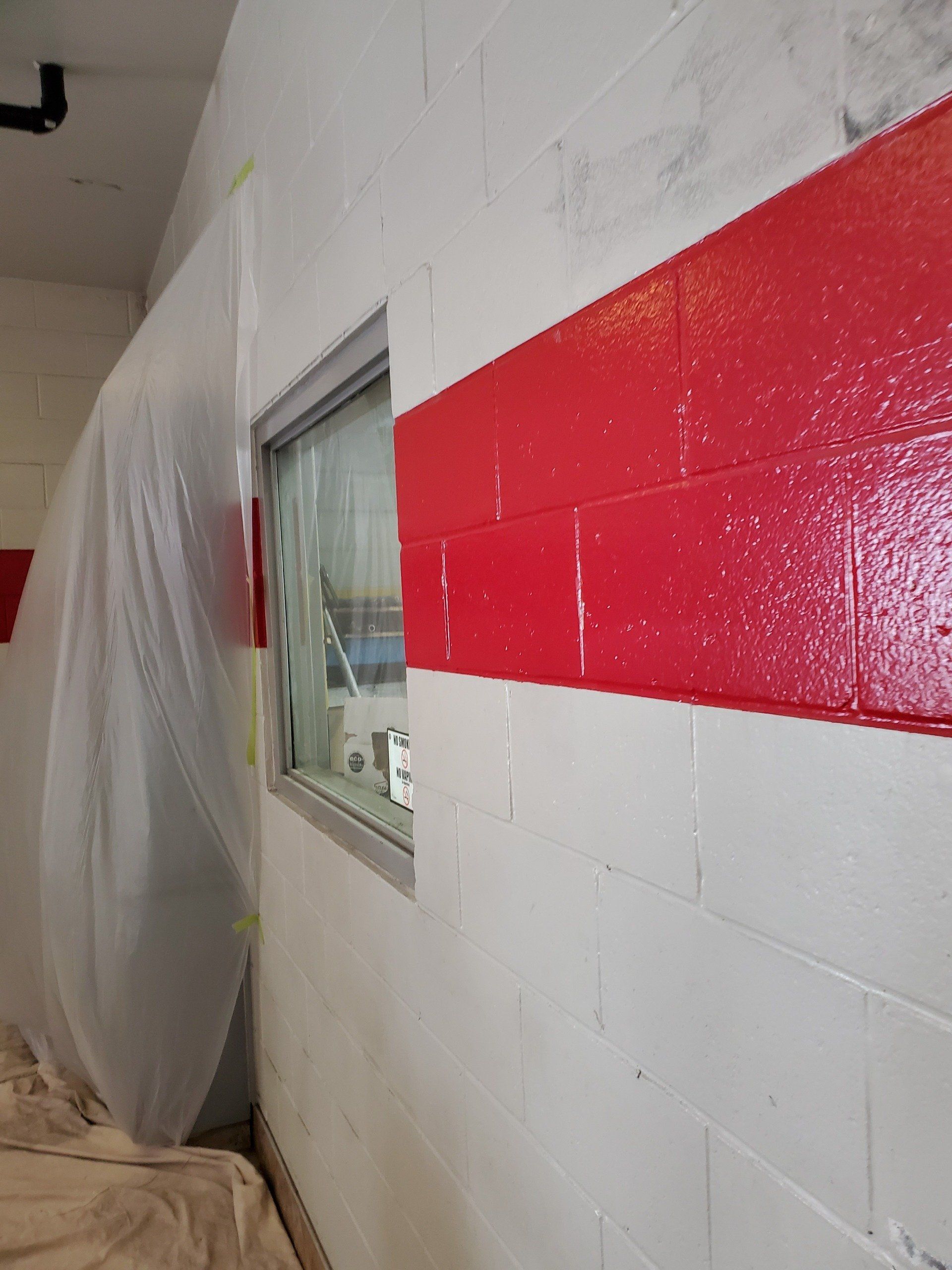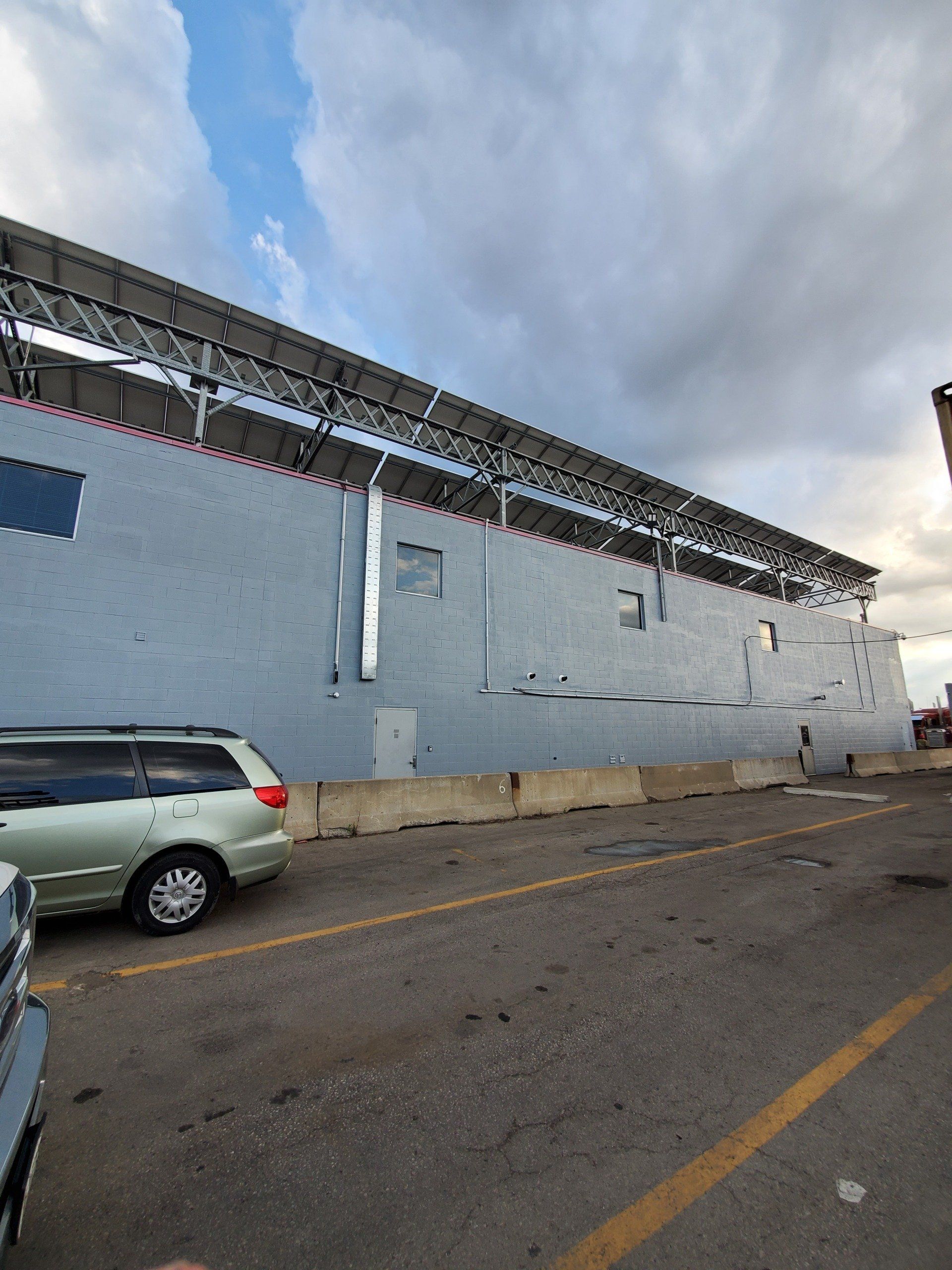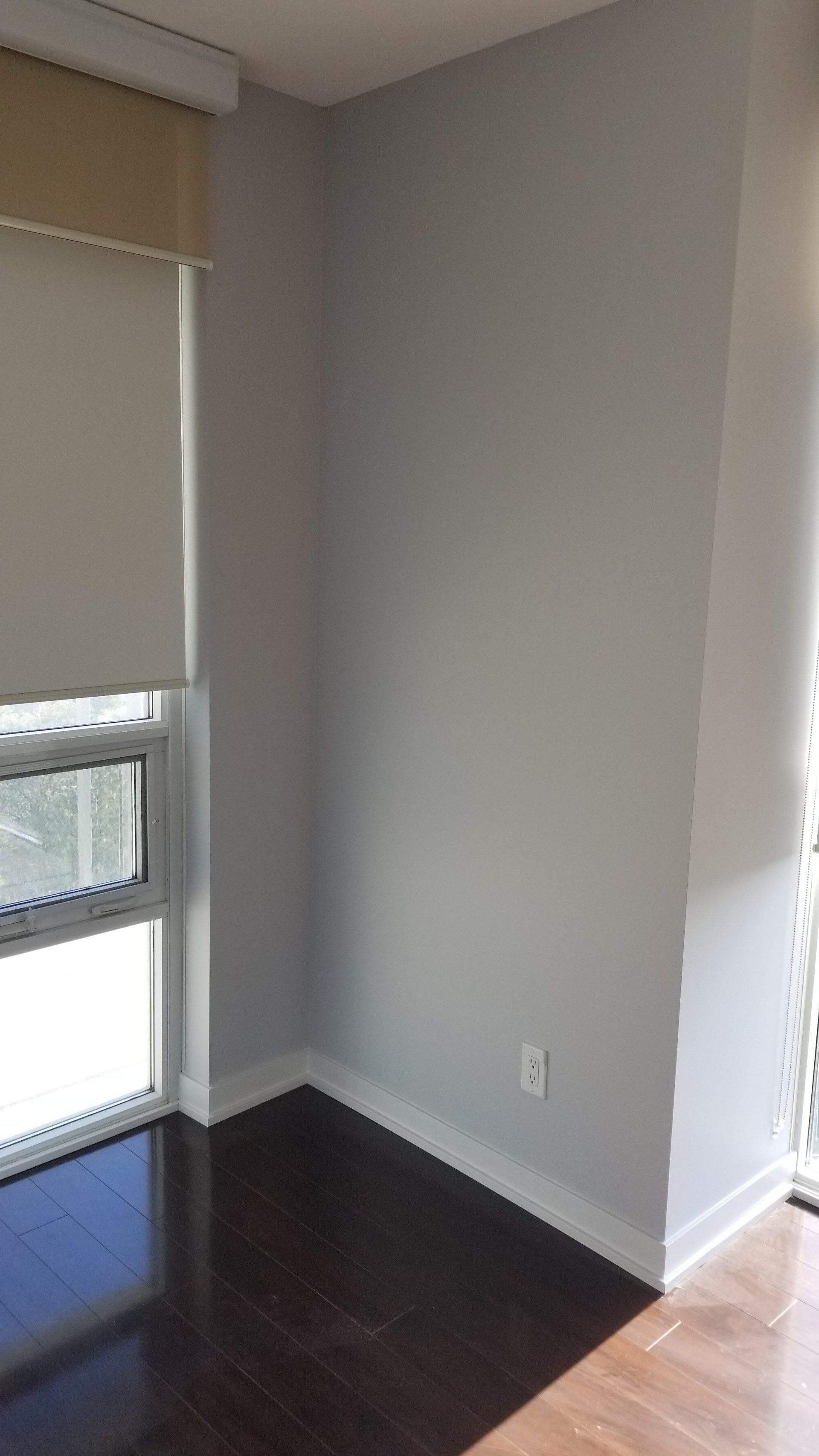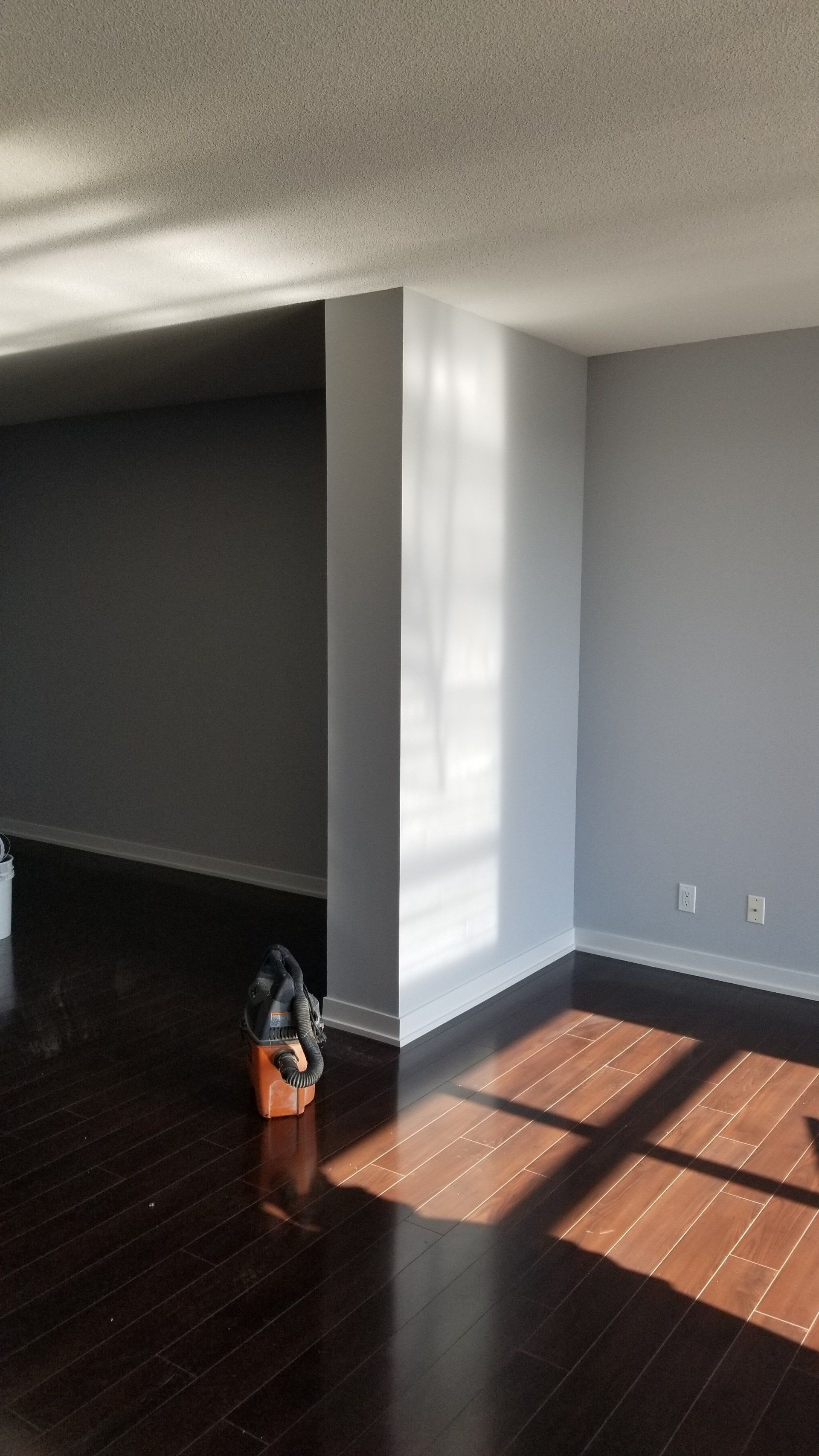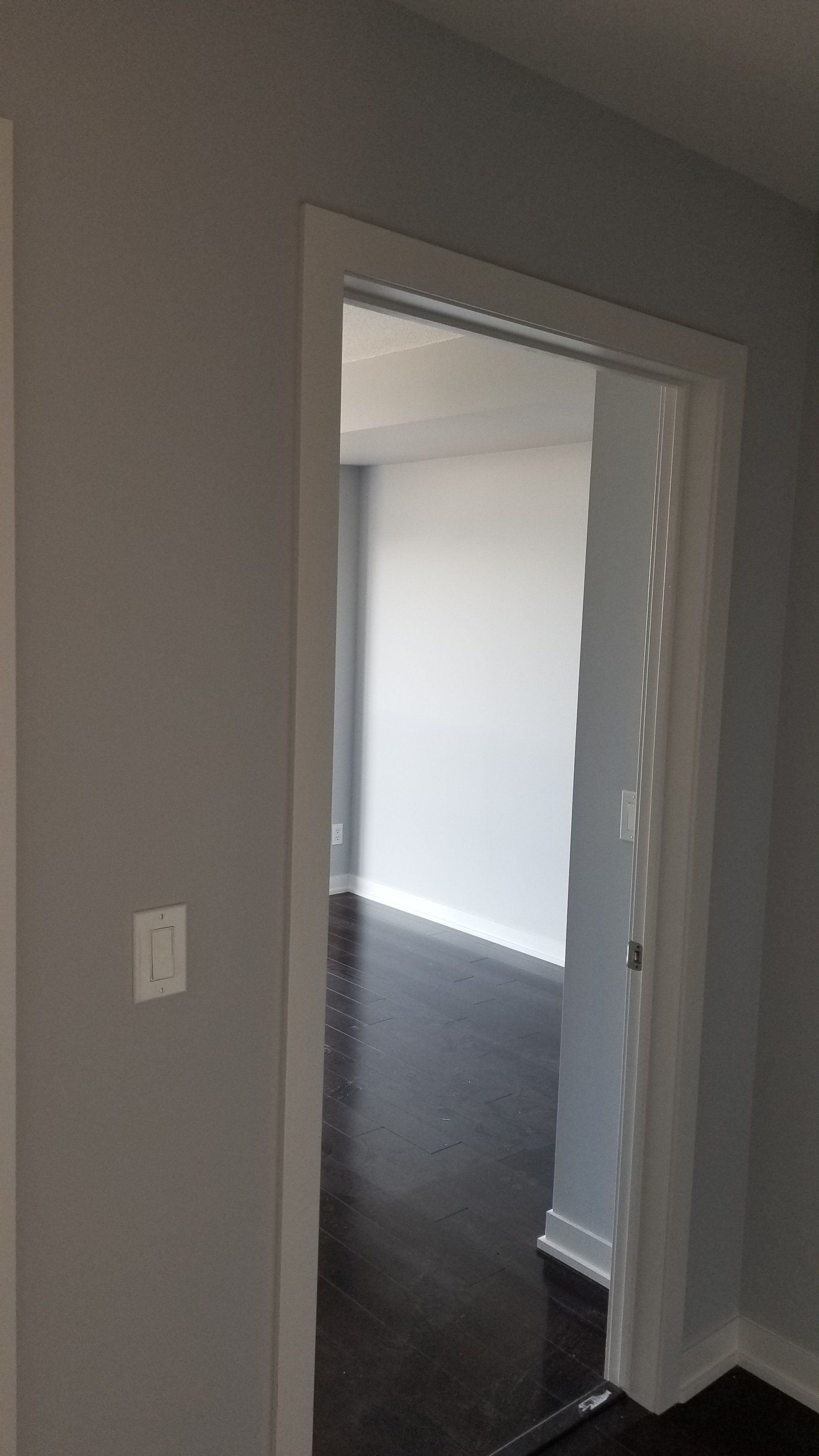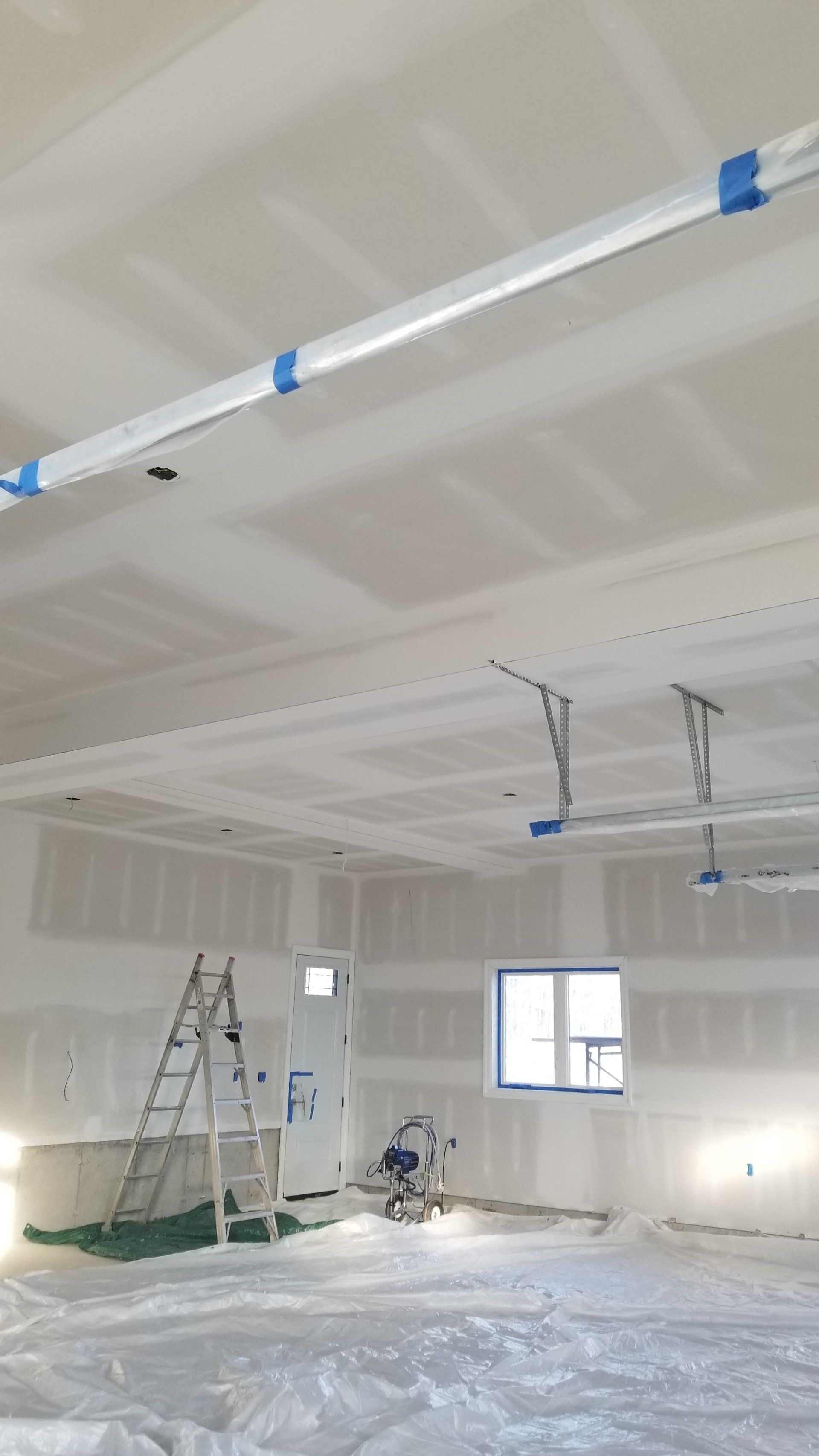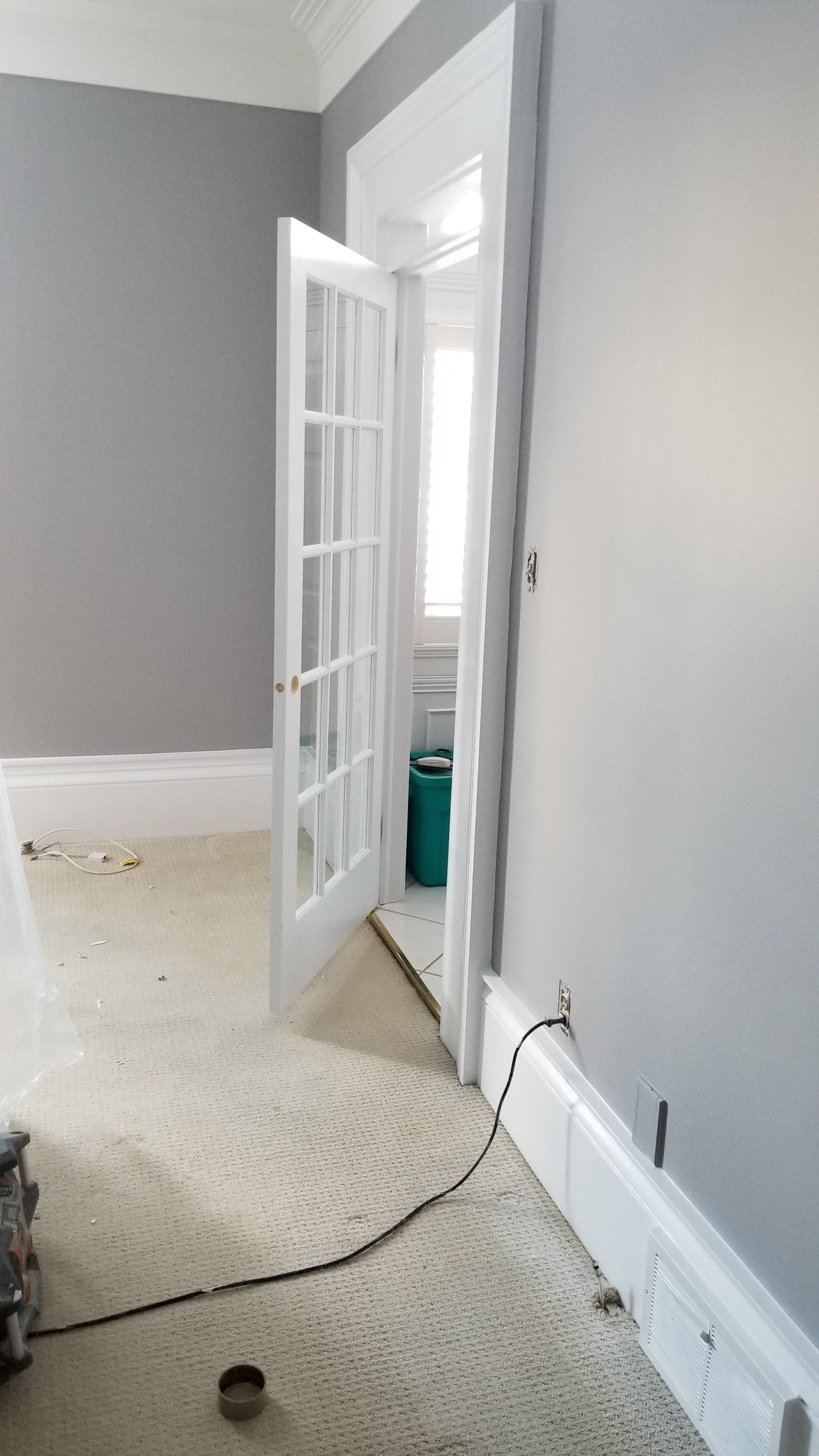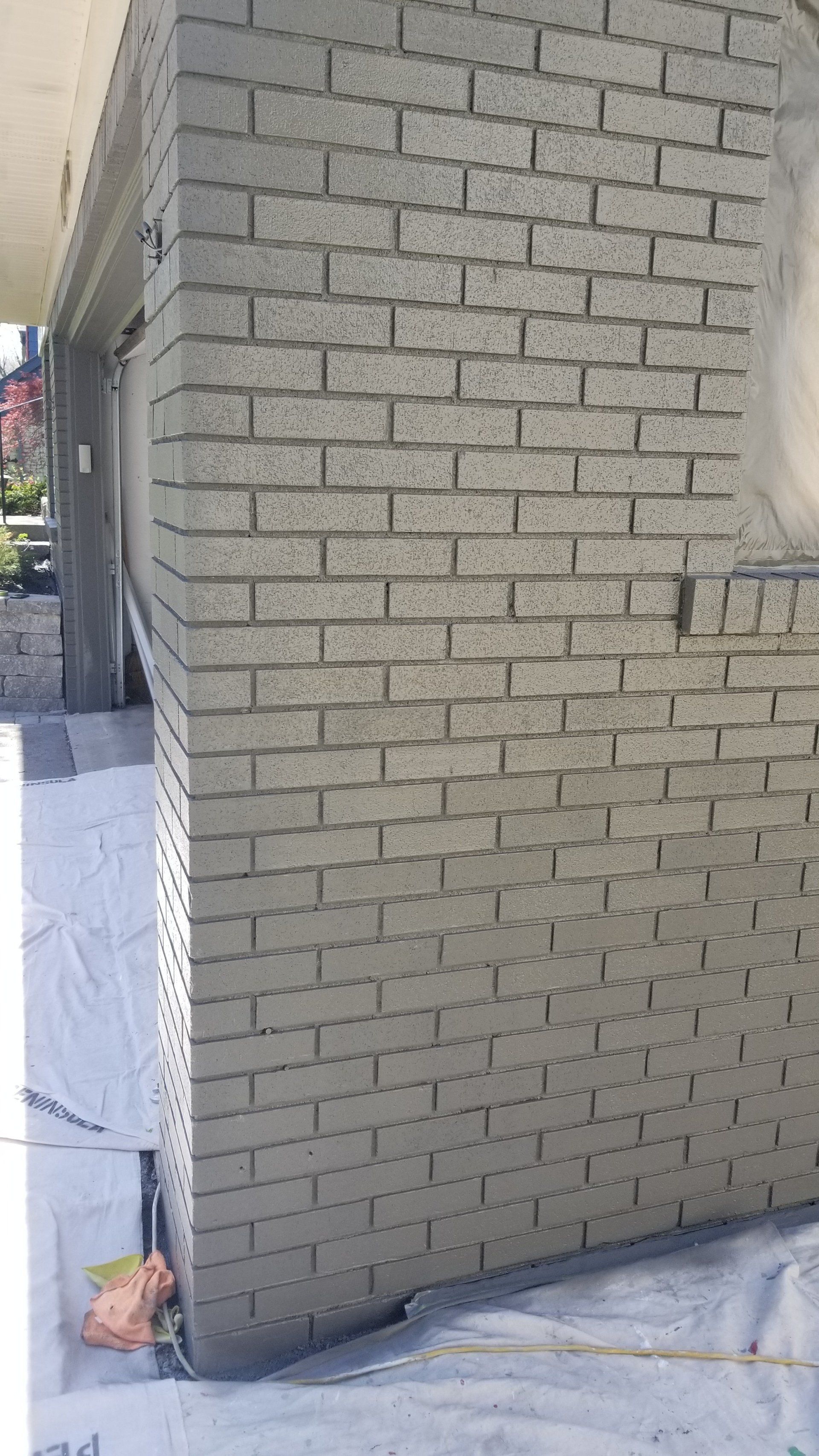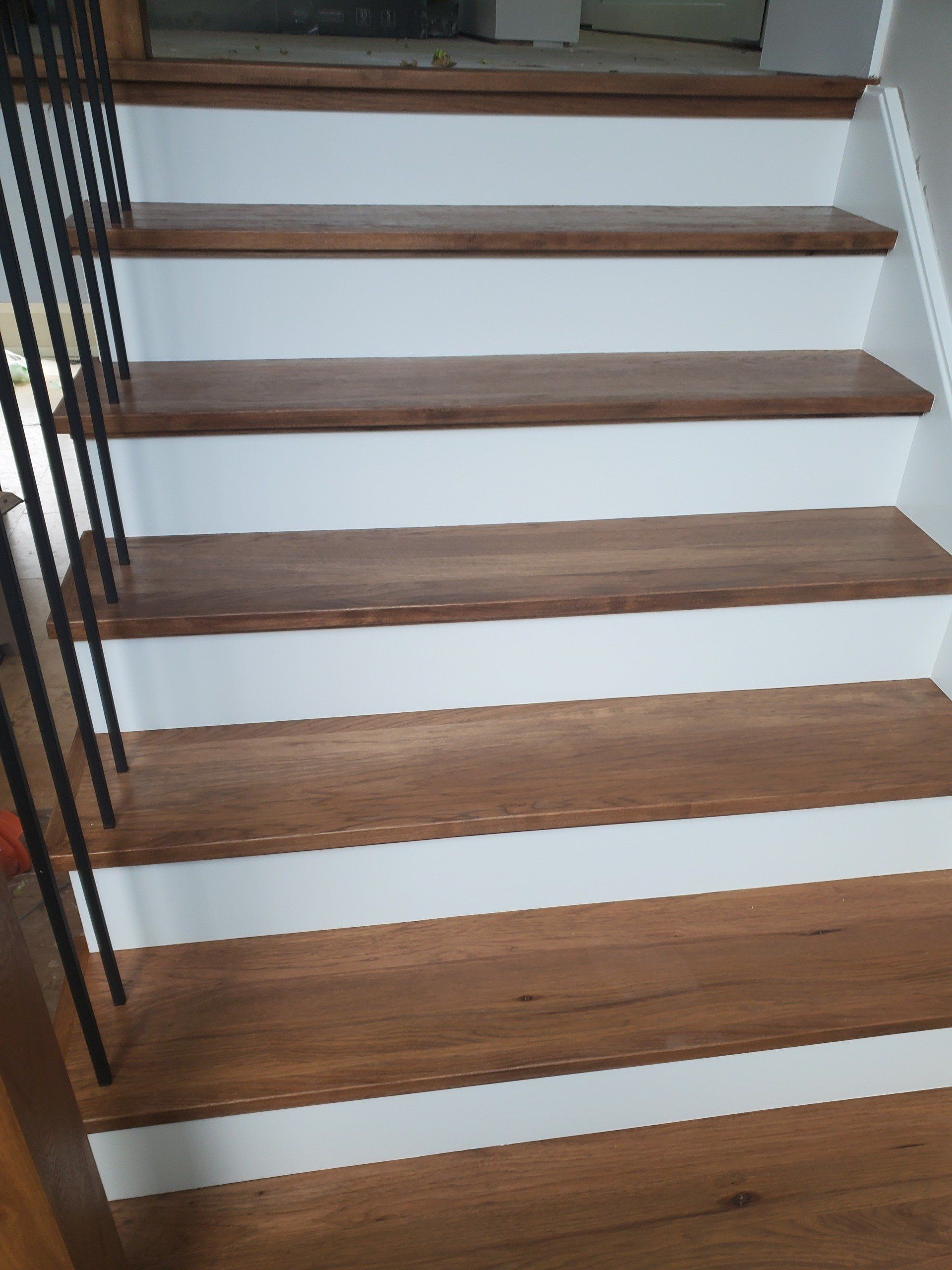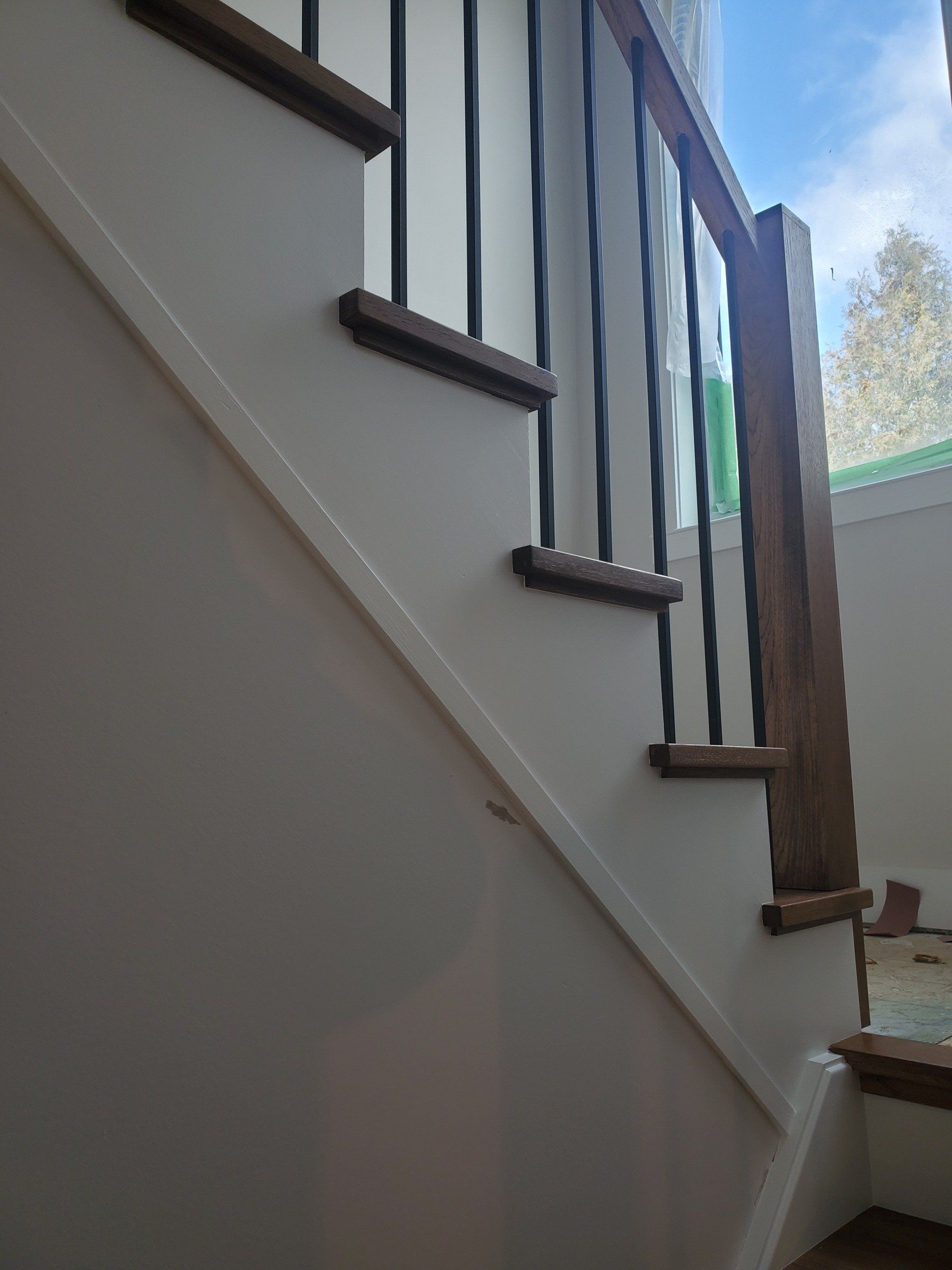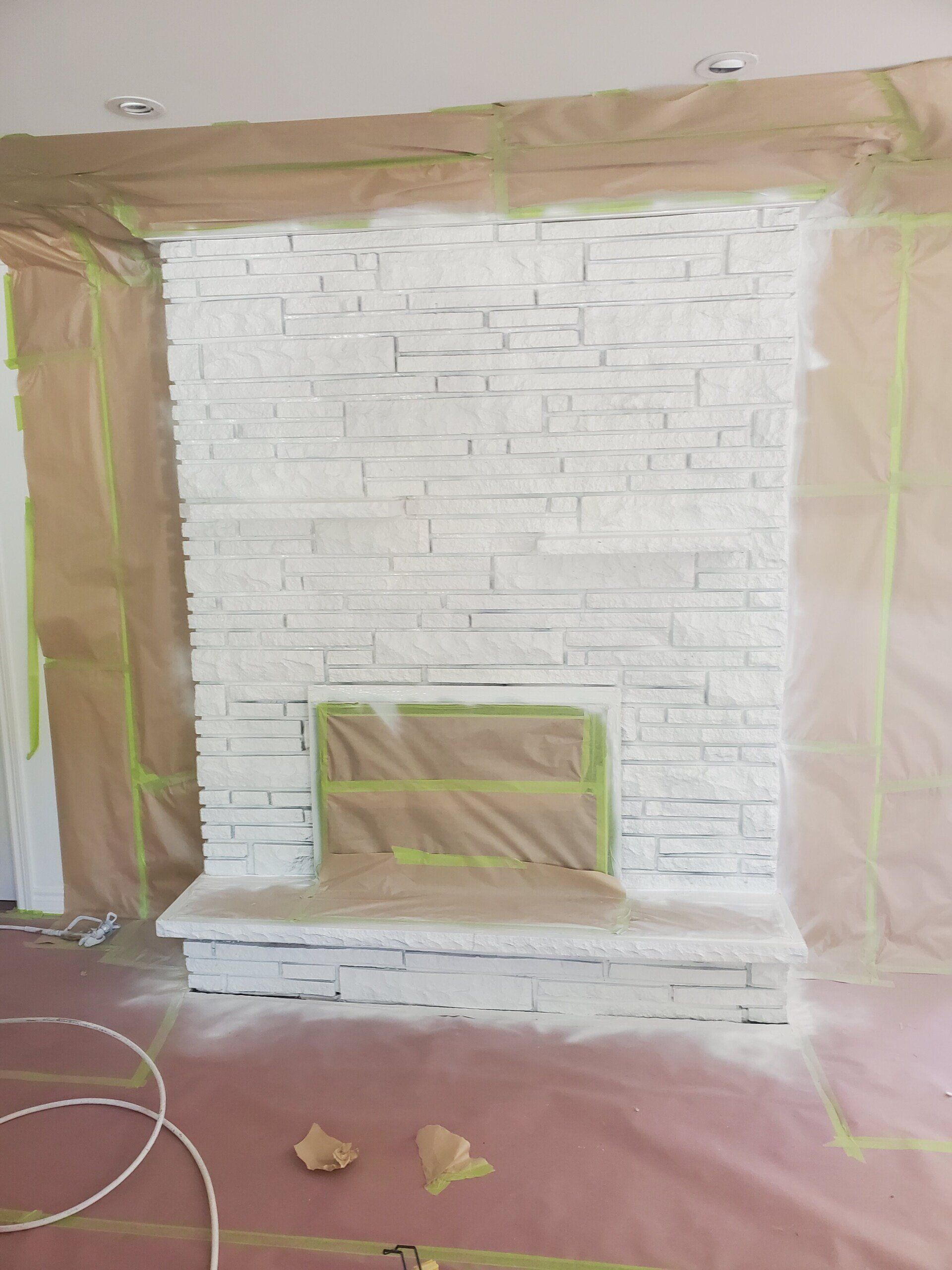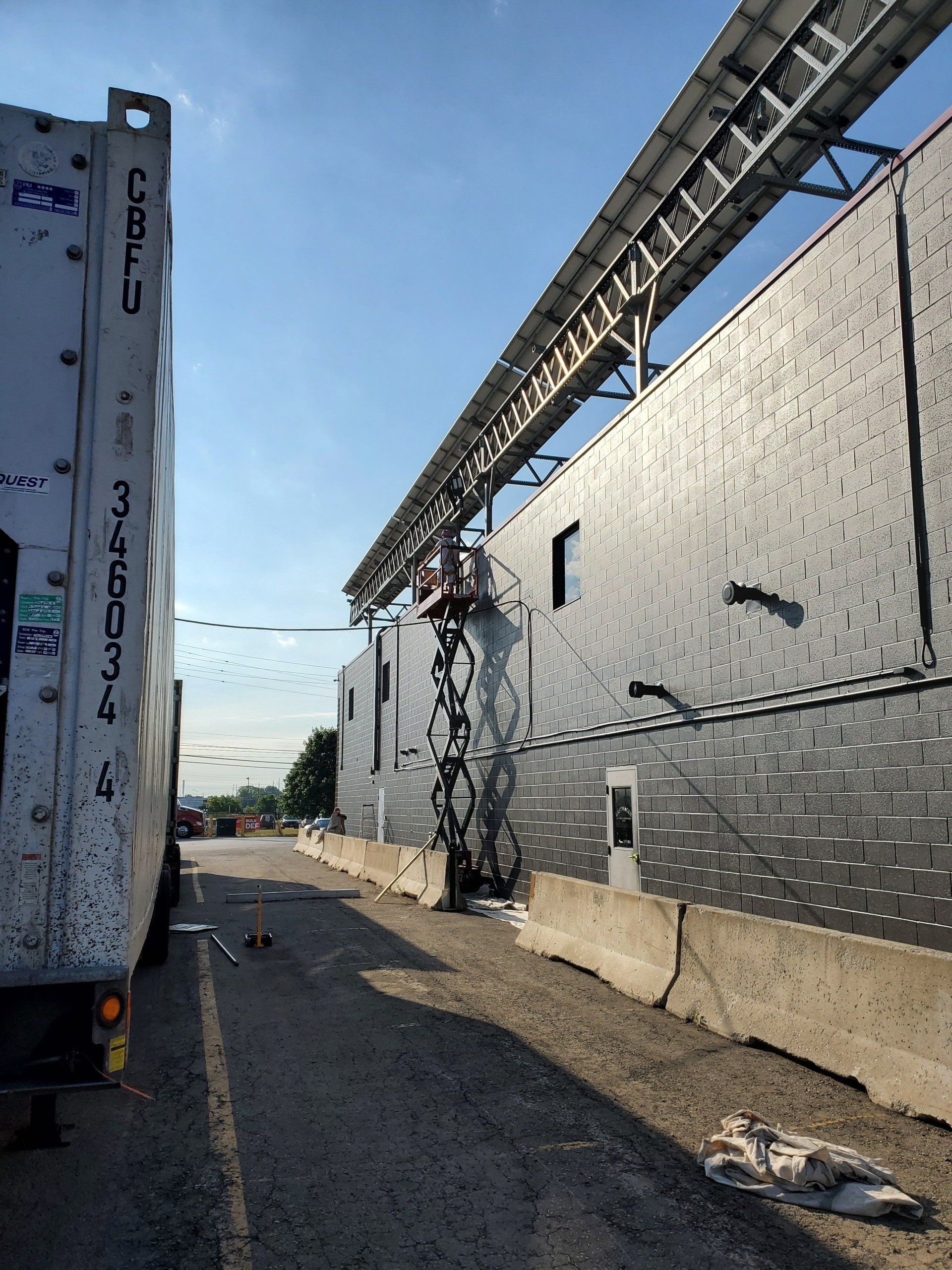When is it Too Hot to Paint the Exterior of Your Home?
Hamilton Residential House Painters
If you’re planning to update your home’s exterior, keep reading to learn when it’s too hot to paint, how to work around warm weather, and why partnering with experts like Peninsula Painting can ensure a flawless finish every time.
When it comes to painting the exterior of your home, temperature matters. Most paint manufacturers recommend painting when the temperature is between 50°F and 85°F. Within this range, the paint has enough time to properly set, dry evenly, and adhere to surfaces without issues.
But temperature alone isn’t enough; you’ll also want to consider humidity and direct sunlight. High humidity can slow the drying process, while painting in direct sunlight on a hot day can cause surfaces to heat up far beyond the air temperature.
Why Extreme Heat is Problematic
While many homeowners know cold weather can be an issue for exterior painting, the risks of high heat often get overlooked. Here’s what can go wrong when the mercury climbs too high:
Paint Dries Too Quickly
High temperatures accelerate the drying process, which might sound like a good thing, until you realize it prevents the paint from forming a smooth, even coat. Fast-drying paint may leave visible brush marks, streaks, or uneven coverage.
Poor Adhesion
Heat can cause paint to cure (harden) too quickly, which prevents it from properly sticking to the surface. Over time, this can lead to premature peeling or cracking.
Blistering & Bubbling
Surfaces that are too hot, especially in direct sunlight, can cause the paint to blister or bubble. This occurs when the top layer dries too fast, trapping moisture underneath.
Shortened Paint Lifespan
The compromised application caused by extreme heat can reduce the durability of your paint. Instead of lasting years, your paint job may need touch-ups or a redo far sooner than expected.
SERVICES
OPENING HOURS
- Mon - Fri
- -
- Sat - Sun
- Closed













